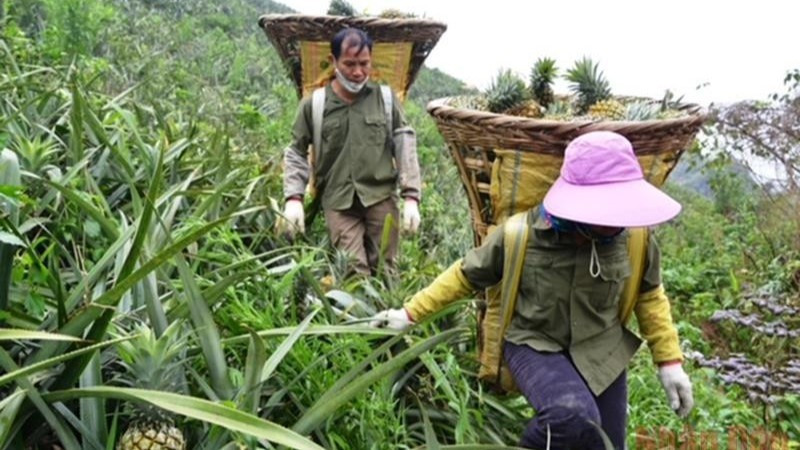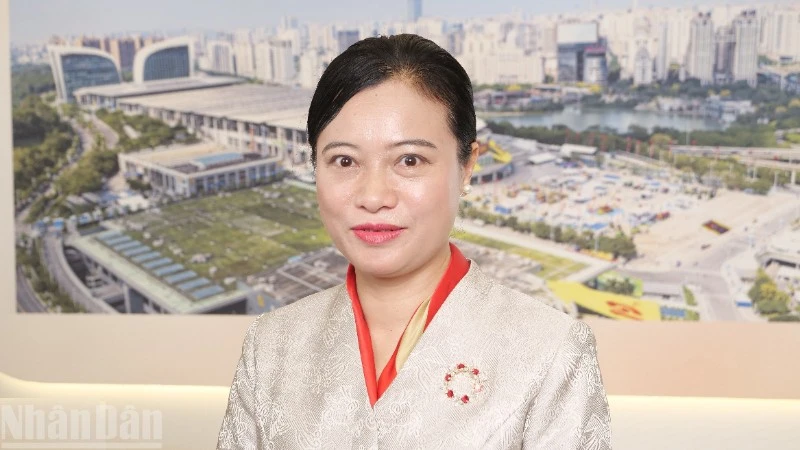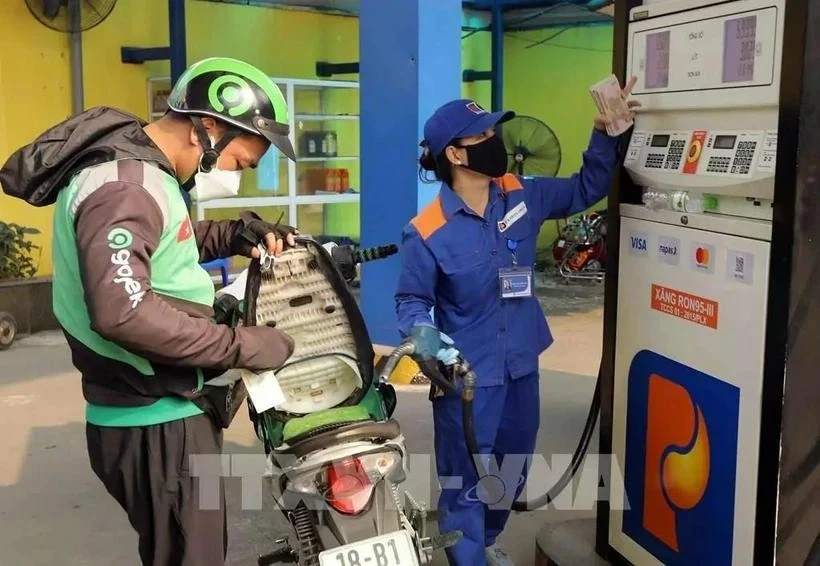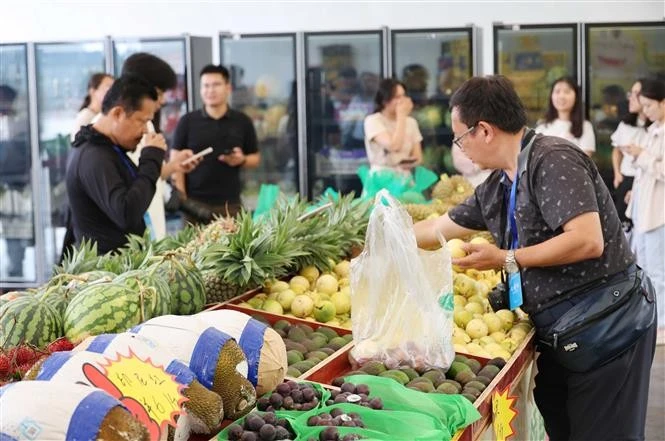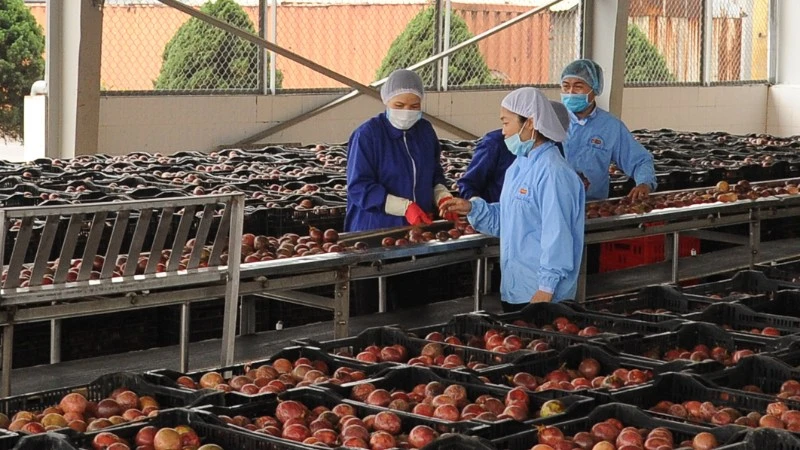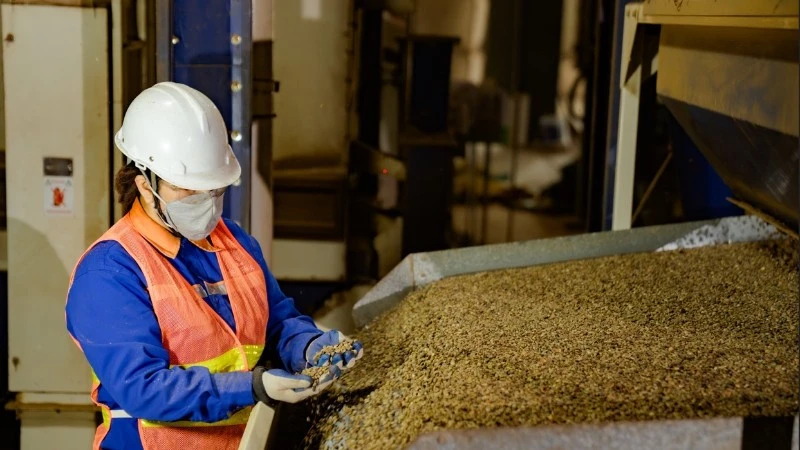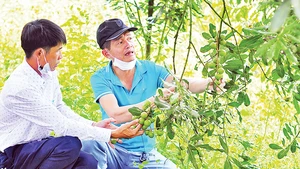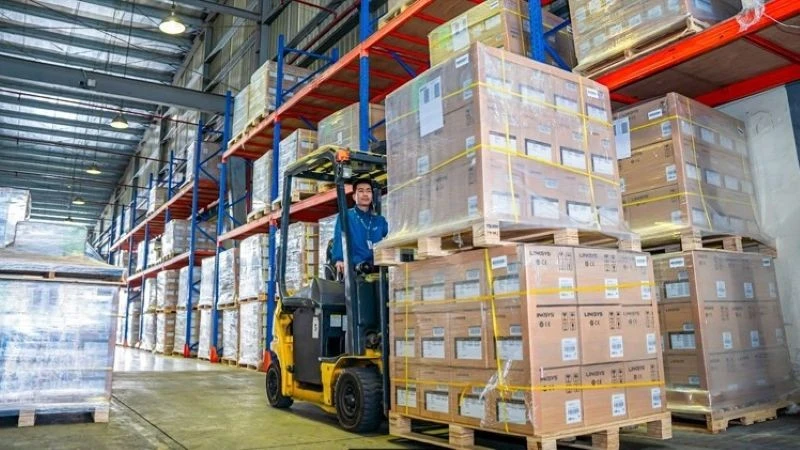Significant potential in international markets
According to the Ministry of Agriculture and Environment, the total pineapple cultivation area nationwide is currently around 52,000 hectares, with 48,000 hectares in harvest, an average yield of 18.41 tonnes per hectare, and an annual output of approximately 860,000 tonnes. By 2030, the agricultural sector aims to expand the growing area to 55,000–60,000 hectares, maintaining a stable yield of 800,000–950,000 tonnes per year.
Key pineapple-producing localities include Ninh Binh, Thanh Hoa, Quang Nam, Tien Giang, and Kien Giang. The production structure is gradually shifting towards staggered cropping to ensure year-round supply, serving both fresh consumption and industrial processing, especially during the off-season from November to March. Off-season cultivation now accounts for around 30%–40% of the total area.
Vietnamese pineapples are currently exported to over 100 countries and territories. In the first five months of 2025 alone, the European Union (EU) emerged as the largest market, with export value reaching 16.56 million USD, accounting for 48% of total pineapple export turnover — including 9.4 million USD to the Russian Federation. The United States ranked second with 7.2 million USD, nearly 21% of the total.
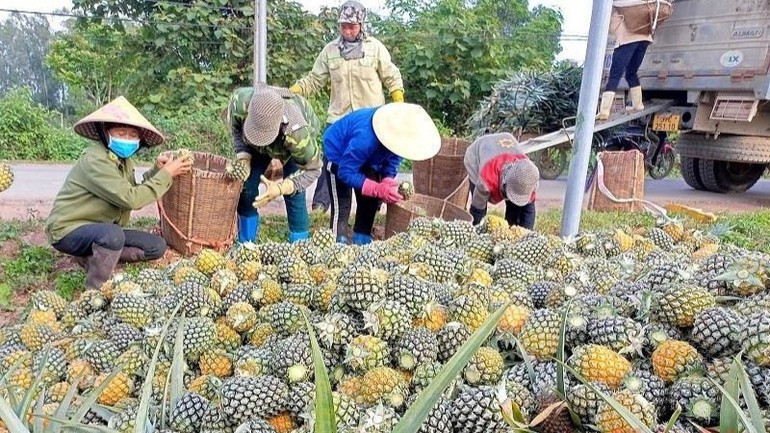
Dang Phuc Nguyen, General Secretary of the Viet Nam Fruit and Vegetable Association, stated: “The global pineapple market is expanding rapidly. Consumer demand is rising fast, while supply remains insufficient — creating vast room for Vietnamese pineapples to accelerate.”
Reports from research organisations estimate that the global pineapple market reached an estimated 28.79 billion USD in 2024 and is expected to rise to 39.13 billion USD by 2029, with an average annual growth rate of 6.33%. Europe and North America currently account for about 50% of global consumption. The top three pineapple exporters are Costa Rica, Indonesia, and the Philippines.
In this context, Vietnamese pineapples have ample opportunity to expand their reach — especially as DOVECO’s concentrated pineapple juice has been already exported to over 50 countries.
A clear strategy needed for beakthrough growth
Despite favourable conditions in terms of natural advantages, production costs, and processing capacity, the pineapple sector still faces several challenges. The seed supply remains limited and lacks high-quality, pest-resistant varieties; value chain linkages are fragmented; the availability of certified raw material zones is low; deep processing rates remain modest; a national brand is lacking; and efforts to access new markets remain underdeveloped.
According to Ngo Quoc Tuan, Deputy Director of the Post-Import Plant Quarantine Centre II under the Department of Crop Production and Plant Protection, although Vietnamese pineapples have reached 122 markets, technical dossiers have not been submitted for deeper penetration — particularly in the EU, where tariff preferences under the Viet Nam–EU Free Trade Agreement (EVFTA) could be leveraged.
“The initial investment cost per hectare of pineapple is not small — ranging from 120 to 130 million VND, while the harvest period spans 15 months. Therefore, effective credit policies are essential, especially in high-yield areas. At the same time, we need to develop mechanisms to make efficient use of public land through shareholding, leasing, or public auction — creating favourable conditions for sustainable development of the sector,” Nguyen proposed.
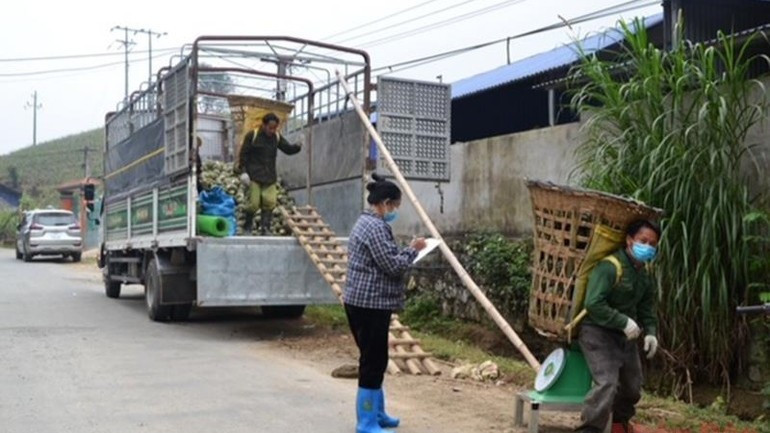
From a business perspective, Nguyen Manh Hung, Chairman of the Board of Directors of Nafoods Joint Stock Company, emphasised that the pineapple sector needs rational planning of growing areas, avoiding spontaneous expansion based on market prices that can lead to oversupply. He also stressed the need to regulate the activities of foreign traders, particularly those from China, to prevent bulk purchasing at low prices that harm local farmers.
In addition, the Department of Crop Production and Plant Protection should continuously update pesticide residue regulations in line with the requirements of demanding markets such as the EU, the US, and China. At the same time, it is essential to strengthen inspection and monitoring of small-scale producers to safeguard the reputation and image of Vietnamese agricultural products.
“Pineapples are highly perishable and require proper storage. Investing in deep processing — such as producing juice, jam, canned pineapple or fermented products — is an effective way to increase added value and extend the supply chain of Viet Nam’s pineapple industry,” said Pham Anh Tuan, Director of the Institute of Agricultural Engineering and Post-Harvest Technology.
Expanding exports to the European market — where demand is high and tariff preferences are available — is set to become a strategic direction for Viet Nam’s pineapple industry in the near future. However, for the billion-dollar dream to become true, close coordination is needed among the government, businesses, and farmers in organising production, building a strong brand, and developing new markets.
